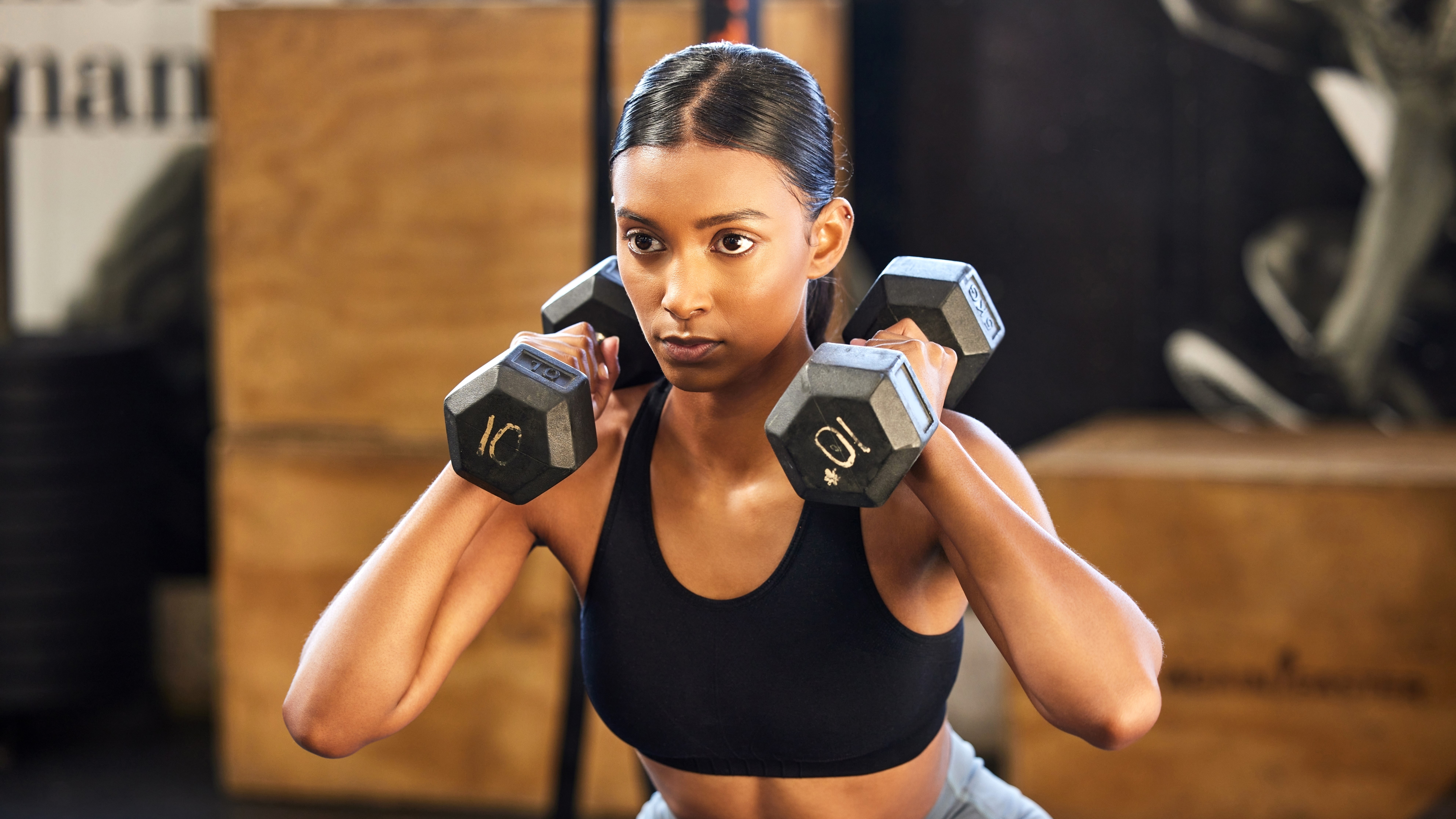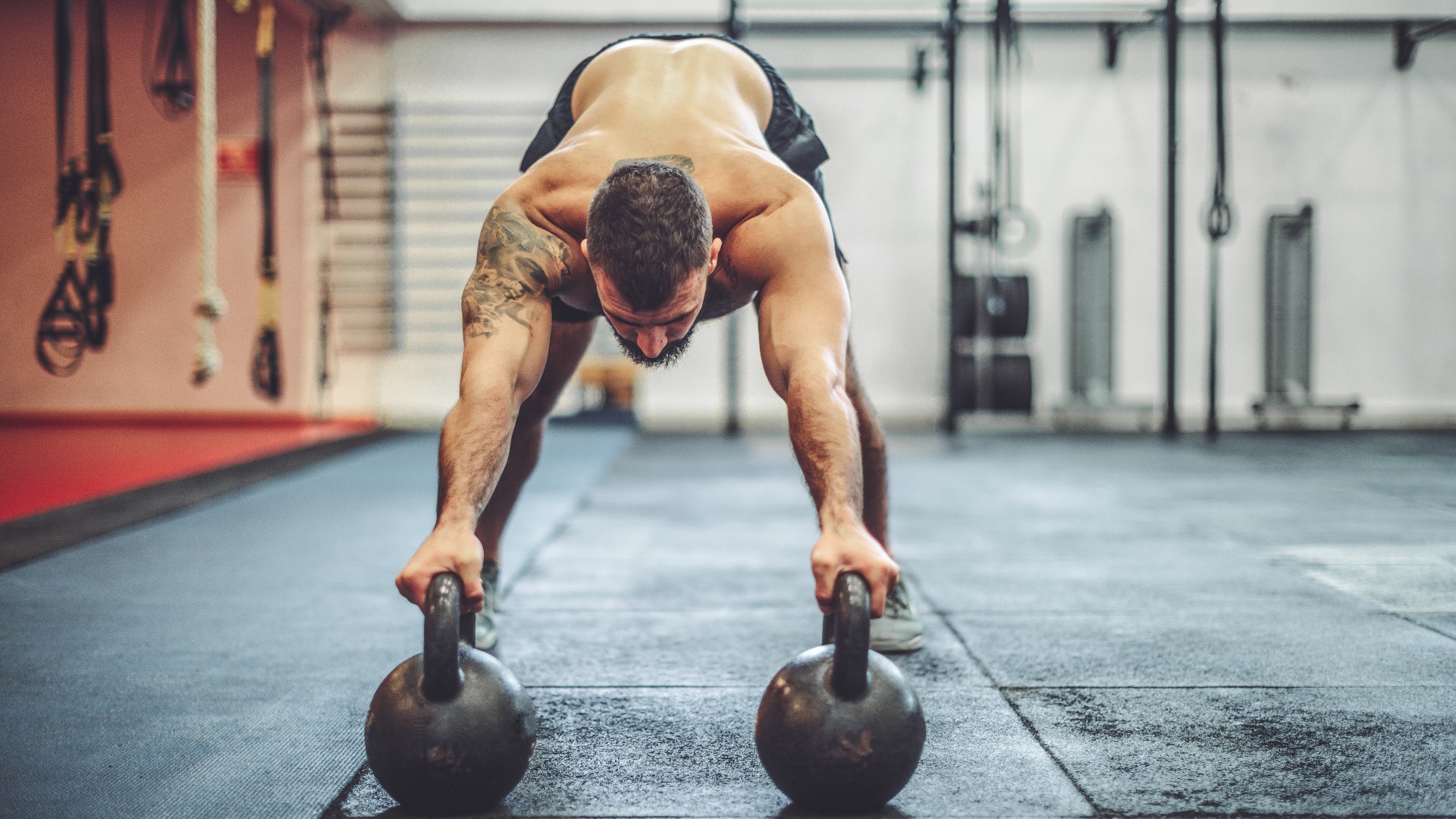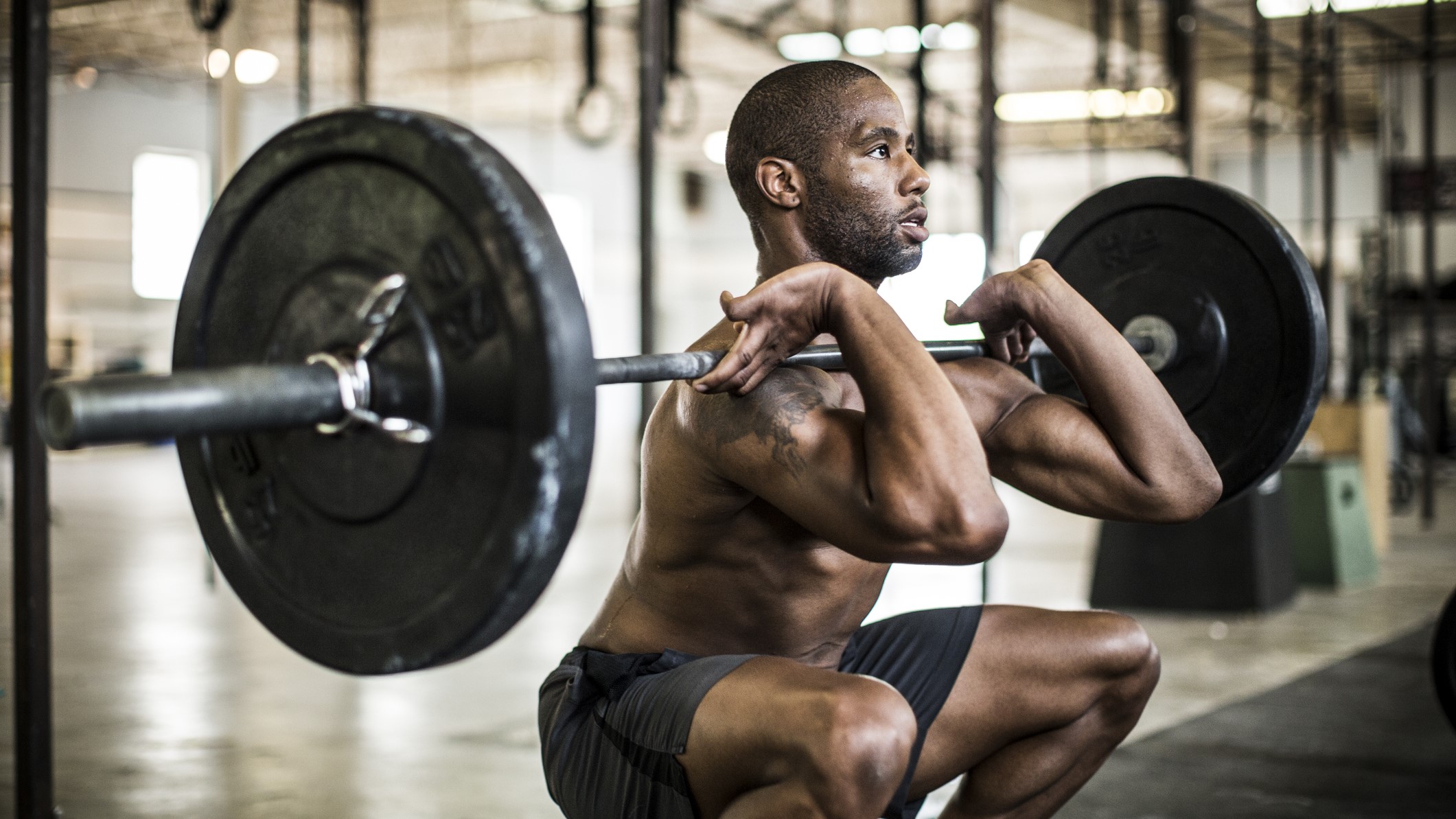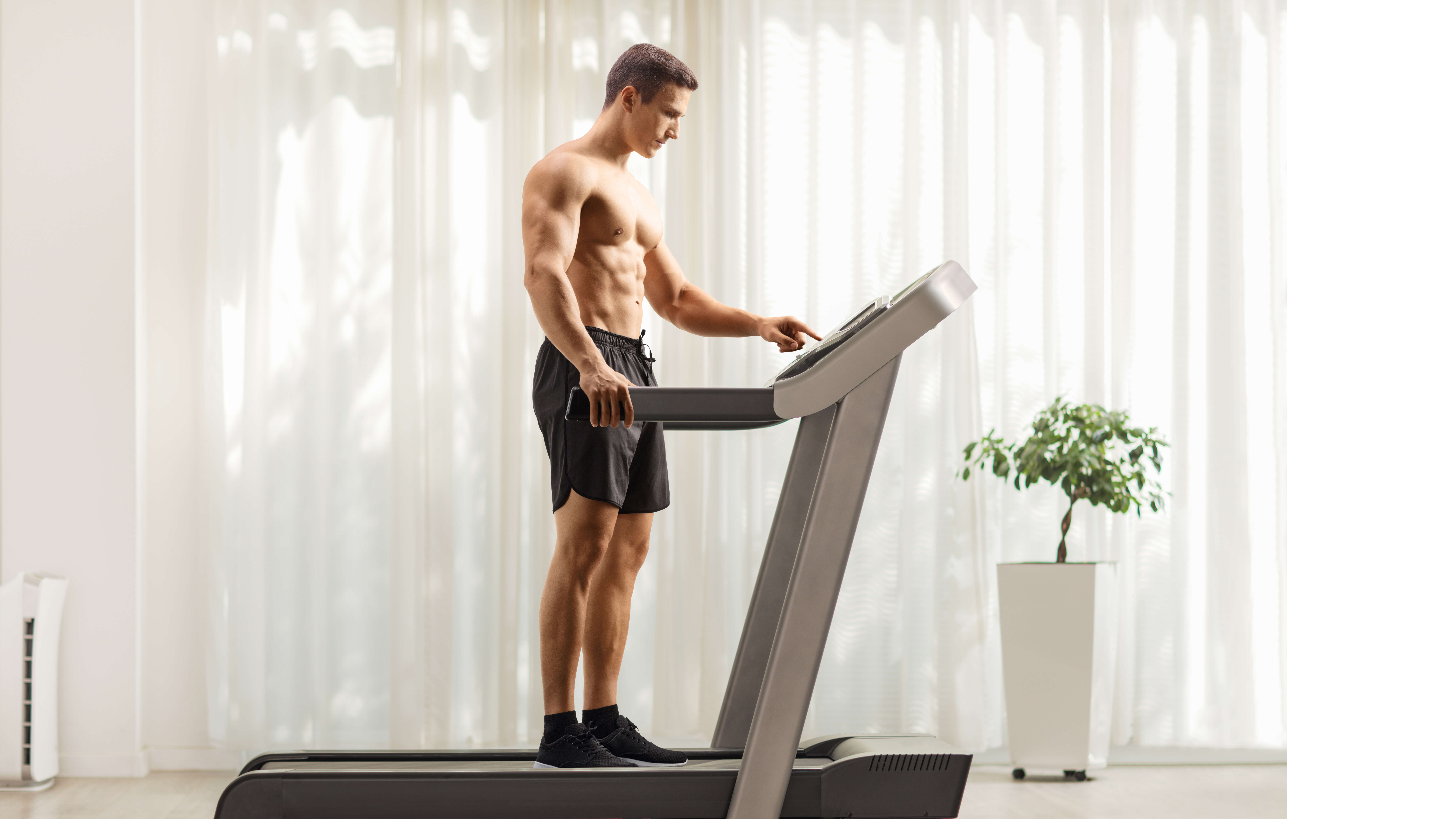
Most of us know that, when it comes to making the most of your workout regime, how you perform your exercises is just as impactful as how many.
With that, one of the biggest questions PTs get asked by their clients is whether they should prioritize cardiovascular exercises or weightlifting. And this isn’t just about personal preference, it’s about understanding how each type of exercise affects their results and ultimately, their goals — for example, how they look and feel.
While both cardio and weight training are essential to achieving a well-rounded fitness program, their impact on muscle building, fat loss and endurance can vary depending on which is prioritized and, sometimes, the order in which they’re performed.
So, whether you're aiming to build muscle, lose weight, or simply enhance your overall fitness — what is the optimal order to do weights and cardio — and is there even one? We ask the experts to find out, debunking any myths (because, let’s face it, the fitness industry is full of them!) along the way.
Cardio vs resistance training: what’s the difference?
Before we delve into what you should do first and why, let’s break down what makes these two types of exercise so different.
London-based celebrity personal trainer, Pilates instructor, and barre specialist, Aimee Victoria Long starts by explaining how cardio exercises, also known as aerobic exercises, generally increase your heart rate and breathing rate.
“They typically involve continuous movement of large muscle groups, such as running, cycling, or swimming. Cardio exercises help improve cardiovascular fitness, burn calories, and increase endurance,” she says.
Sign up to get the BEST of Tom's Guide direct to your inbox.
Get instant access to breaking news, the hottest reviews, great deals and helpful tips.

As you’d expect, weight-based exercises, also known as strength or resistance training, involve using weights or resistance with the goal to, as Long describes, “build strength, increase muscle mass and improve overall body composition”.
Examples of weight-based exercises include weightlifting, bodyweight exercises and resistance band workouts. If you're still working out from home, check out the best adjustable dumbbells, the best kettlebells, and the best resistance bands here.
“Both cardio and weight-based exercises have their benefits, so it is generally recommended to incorporate both into your fitness routine,” advises Long. “Cardio exercises help improve cardiovascular health, burn calories, and enhance endurance [whereas] weight-based exercises help build strength, increase muscle mass and improve bone density.”
What comes first: cardio or weights?
While you might be wondering which type of exercise you should do first, not everyone believes that doing cardio and weights on the same day is a good idea full stop.
Steve Chambers, senior personal trainer and gym manager at Ultimate Performance, says he would “personally never recommend” performing both cardio and weight training in the same gym session.
“Ideally, you should split these activities up and perform them on separate training days,” he insists.

“However, if you’re intent on doing so, then weight training should always be performed before cardio. Always.” According to Chambers, this is because aerobic work will hinder the resistance training that follows it, whereas resistance training followed by cardio will lead to more depleted glycogen stores that will in turn, enable the body to more readily utilize fatty acids for energy.
“Any cardio session worth its salt is going to tax you considerably, get your heart racing, and cause you to sweat profusely,” he explains. “If that is the case, it can be very dangerous to then start picking up dumbbells or barbells. Your body is already fatigued, your hands might be sweaty, and that combination might make you susceptible to either dropping the weights and hurting yourself, or over-exerting your muscles to the point you suffer a strain or tear.

“And any such injury could keep you off the gym floor for a considerable period of time.” However, making a note of how cardio is a very important tool for fat loss, Chambers does suggest that weight training and cardio can complement each other “if done correctly”.
“A combination of weight training and cardiovascular training in the same training program is known as concurrent training,” he says “And they are often paired together because they can produce incredible results if body composition and aesthetics are your overall aim.”
“When you combine these two workout modalities, particularly when you’re in a calorie deficit (for example, eating and drinking fewer calories per day than you consume), this is by far the most effective work to build muscle and burn fat at the same time.”
This combination, he says, is the most effective way to build the lean, athletic, muscular physique so many people crave.
Three factors to consider
When it comes to the order of doing cardio and weights during a workout, Long insists that there is “no definitive answer as it depends on your goals and preferences”. However, if you’re not sure where to begin or what your personal goals are yet, she advises you to consider the three following factors before making a decision:
1. Energy Levels
“If your primary goal is to improve your performance in weightlifting or other strength-based exercises, it may be beneficial to do your weight-based exercises first. This is because you will have higher energy levels at the beginning of your workout, allowing you to lift heavier weights and focus on proper form.”
2. Fatigue
“If your main goal is to improve cardiovascular fitness or burn calories, doing cardio exercises before weight-based exercises may be more suitable. This is because cardio exercises can be physically demanding and may leave you fatigued, making it harder to perform weight-based exercises with proper technique.”
3. Time
“If you have limited time for your workout, you can alternate between cardio and weight-based exercises in a circuit format. This allows you to get the benefits of both types of exercises in one session. For example, you can perform a set of weight-based exercises followed by a few minutes of cardio, and then repeat the sequence.”

A typical cardio-resistance workout
Now you have some starting points, it might help to see how what you’ve learned so far about both cardio and weight-based exercises can be incorporated into a typical gym session
PT, fitness coach and founder of Strength Log, Daniel Richter, told Tom’s Guide that if building muscle mass and strength is the primary focus, “lifting weights ensures the muscles are properly warmed up for that purpose”.
He explains: “Research also shows strength training elevates metabolism for hours post-workout, so cardio after weights can help burn more fat and calories during that cardio session as well.”
On lower-body dominant days, like leg workouts, Richter recommends doing weights first when the muscles are freshest, saving cardio for the end. “On upper-body days, he says that either order works well.
A sample full-body session recommended by Richter includes:
- 10 minutes jogging or stationary bike warmup
- Squats, lunges, bench presses (3 sets of 10-12 reps each)
- 20-30 minutes running or cycling cool down
“By incorporating both each session, along with a healthy diet, you set yourself up to achieve well-rounded fitness goals over time through muscle gain and improved endurance,” he adds.
And lastly, whatever your goals, Chambers adds that when you do hit the gym, try not to overdo it. “It’s important not to overtrain. If you are strength training three or four times a week, then you need to give your body adequate time to rest and recover,” he says. “Scientifically speaking, your muscles grow when you’re at rest. It’s fundamental biomechanics.”

This, he says, is because exercising creates microscopic tears in your muscle tissue and so during rest, cells called fibroblasts repair it. “This helps the tissue heal and grow, resulting in stronger muscles.
“So, in layman’s terms, if you’re not resting and you’re overdoing your cardio sessions, your muscles are not getting the time to repair themselves, you won’t get stronger, you will overload your body with the stress hormone cortisol and that will run totally counterproductive to your fat loss efforts.”
Chambers recommends three weight training sessions and two cardio sessions, performed on different days — “this is usually the absolute sweet spot for someone looking to combine weight-lifting and cardio within their training program.”
More from Tom's Guide
Lee Bell is a freelance journalist and copywriter specialising in technology, health and fitness and how the latest innovations are shaking up the lifestyle space. From national newspapers to specialist-interest magazines and digital titles, Lee has written for some of the world’s most respected publications during his 12-plus years as a journalist.

